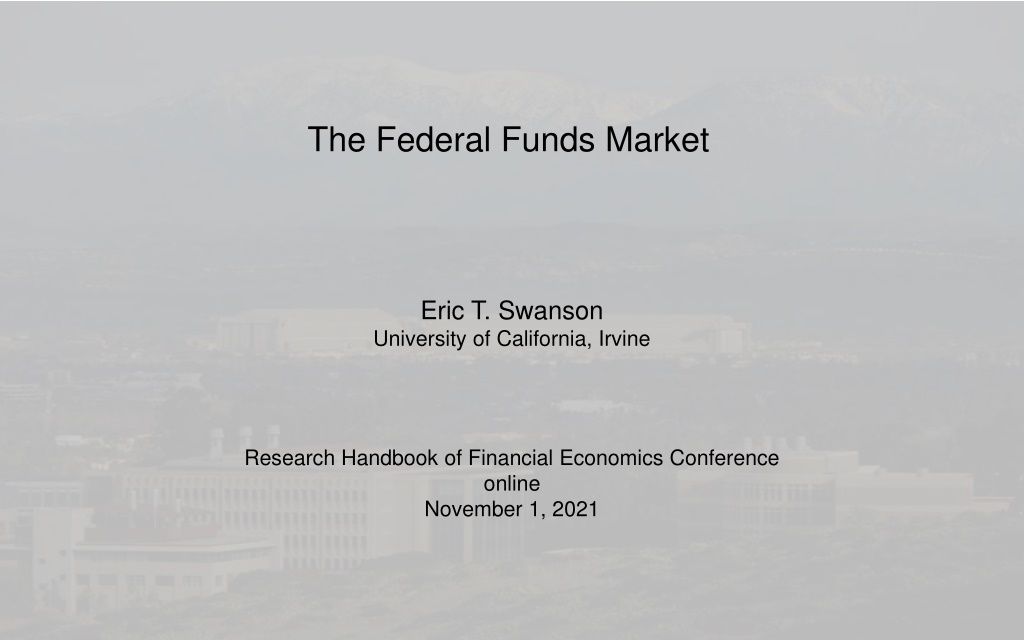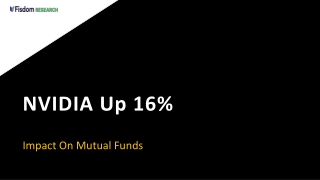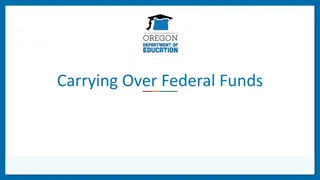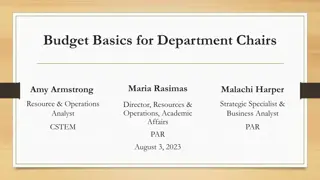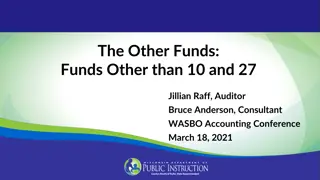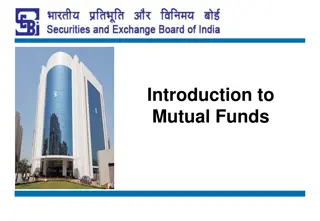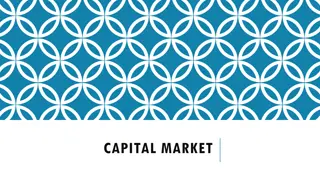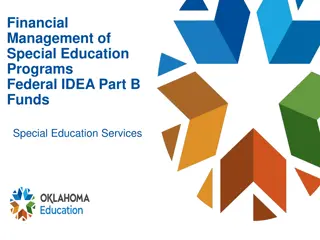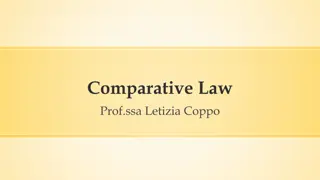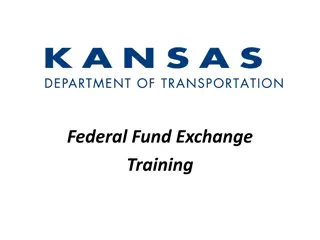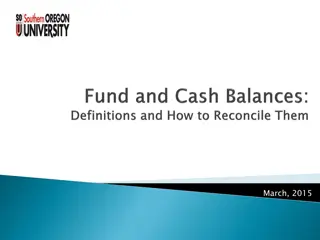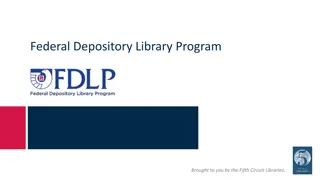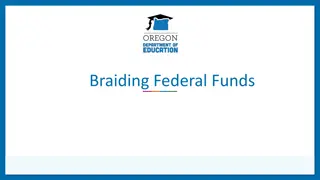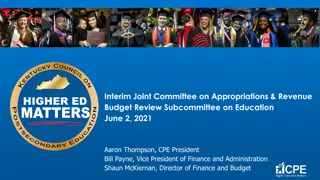The Federal Funds Market
Delve into the Federal Funds Market with a focus on its history, key features, equilibrium pre- and post-2008, and future projections. Explore supply and demand dynamics, changes after 2008, and theoretical post-2008 equilibrium. Uncover institutional complexities affecting market practices.
Download Presentation

Please find below an Image/Link to download the presentation.
The content on the website is provided AS IS for your information and personal use only. It may not be sold, licensed, or shared on other websites without obtaining consent from the author.If you encounter any issues during the download, it is possible that the publisher has removed the file from their server.
You are allowed to download the files provided on this website for personal or commercial use, subject to the condition that they are used lawfully. All files are the property of their respective owners.
The content on the website is provided AS IS for your information and personal use only. It may not be sold, licensed, or shared on other websites without obtaining consent from the author.
E N D
Presentation Transcript
The Federal Funds Market Eric T. Swanson University of California, Irvine Research Handbook of Financial Economics Conference online November 1, 2021
Overview Outline of Paper: Section 1: Introduction Section 2: A brief history of the federal funds market Section 3: Key features of the federal funds market Section 4: Equilibrium in the federal funds market (pre- and post-2008) Section 5: The federal funds market going forward Section 6: Summary and Conclusions
Overview Outline of Paper: Section 1: Introduction Section 2: A brief history of the federal funds market Section 3: Key features of the federal funds market Section 4: Equilibrium in the federal funds market (pre- and post-2008) Section 5: The federal funds market going forward Section 6: Summary and Conclusions
Traditional Equilibrium Diagrams source: Ihrig, Senyuz, and Weinbach (2020 FEDS)
Diagram: Supply and Demand for Federal Funds Loans No demand for loans above discount rate Infinite supply of loans above discount rate
Equilibrium in the Federal Funds Market after 2008 Three dramatic changes in the fed funds market after 2008: Fed began paying interest on reserves in October 2008 Fed increased quantity of reserves by a factor of 60 from 2008-2014 due to large-scale asset purchases Dodd-Frank act required FDIC to begin charging banks fees on total assets (rather than just deposits) in 2011
Equilibrium in the Federal Funds Market post-2008 (in theory) Infinite demand for loans below IOER rate No supply of loans below IOER rate
Equilibrium in the Federal Funds Market post-2008 Some institutional details complicate the diagram in practice: GSEs are large suppliers of federal funds loans and are not eligible to receive interest on reserves FDIC fee on total assets makes IOER arbitrage prohibitively costly for most U.S. domestic banks However, U.S. branches of foreign banks are exempt from the FDIC fee
Equilibrium in the Federal Funds Market post-2008 Banks will not supply loans below IOER rate US branches of foreign banks conduct IOER arbitrage, but demand is not infinite GSEs still supply loans below IOER rate
Equilibrium in the Federal Funds Market post-2008 A final technical detail is the Fed s reverse repurchase facility: Since 2014, Fed has stood ready to borrow fed funds in the market at set ON RRP rate, everyone is eligible (including GSEs) The ON RRP rate thus provides a floor for the equilibrium fed funds rate
Equilibrium in the Federal Funds Market post-2008, with RRPs Banks will not supply loans below IOER rate US branches of foreign banks conduct IOER arbitrage No one will supply loans below ON RRP rate GSEs conduct ON RRP arbitrage
Equilibrium in the Federal Funds Market, pre- vs. post-2008 pre-2008 post-2008 Banks borrowed fed funds to meet reserve requirements US banks have abundant reserves, never need to borrow Banks, GSEs with excess reserves lent fed funds to earn interest Essentially all fed funds loans are supplied by GSEs Essentially all fed funds borrowing is by U.S. branches of foreign banks conducting IOER arbitrage Banks in need of reserves borrowed fed funds to meet reserve requirements Fed hits fed funds rate target by adjusting administered rates (rd, rioer, ronrrp) Large financial institutions cause other short-term int. rates to track IOER, ONRRP rates by arbitrage Fed hit fed funds rate target by adjusting quantity of total reserves Large financial institutions cause other short-term interest rates to track fed funds rate by arbitrage
Pass-through to Other Short-Term Interest Rates Large financial institutions cause other short-term interest rates to track IOER, ON RRP rates by arbitrage: source: Ihrig, Senyuz, and Weinbach (2020 FEDS)
The Federal Funds Market Going Forward FOMC has stated: It will continue to communicate monetary policy in terms of a federal funds rate target Reserves will continue to be abundant Federal funds target will be achieved using Fed s administered interest rates: ON RRP rate, IOER rate, and discount rate In principle, Fed can set the funds rate negative by setting ON RRP and IOER rates negative (and charging GSEs a fee for holding fed funds) Large financial institutions would then drive other short-term interest rates negative by arbitrage (analogous to 2008-present)
Summary Outline of Paper: Section 1: Introduction Section 2: A brief history of the federal funds market Section 3: Key features of the federal funds market Section 4: Equilibrium in the federal funds market (pre- and post-2008) Section 5: The federal funds market going forward Section 6: Summary and Conclusions
